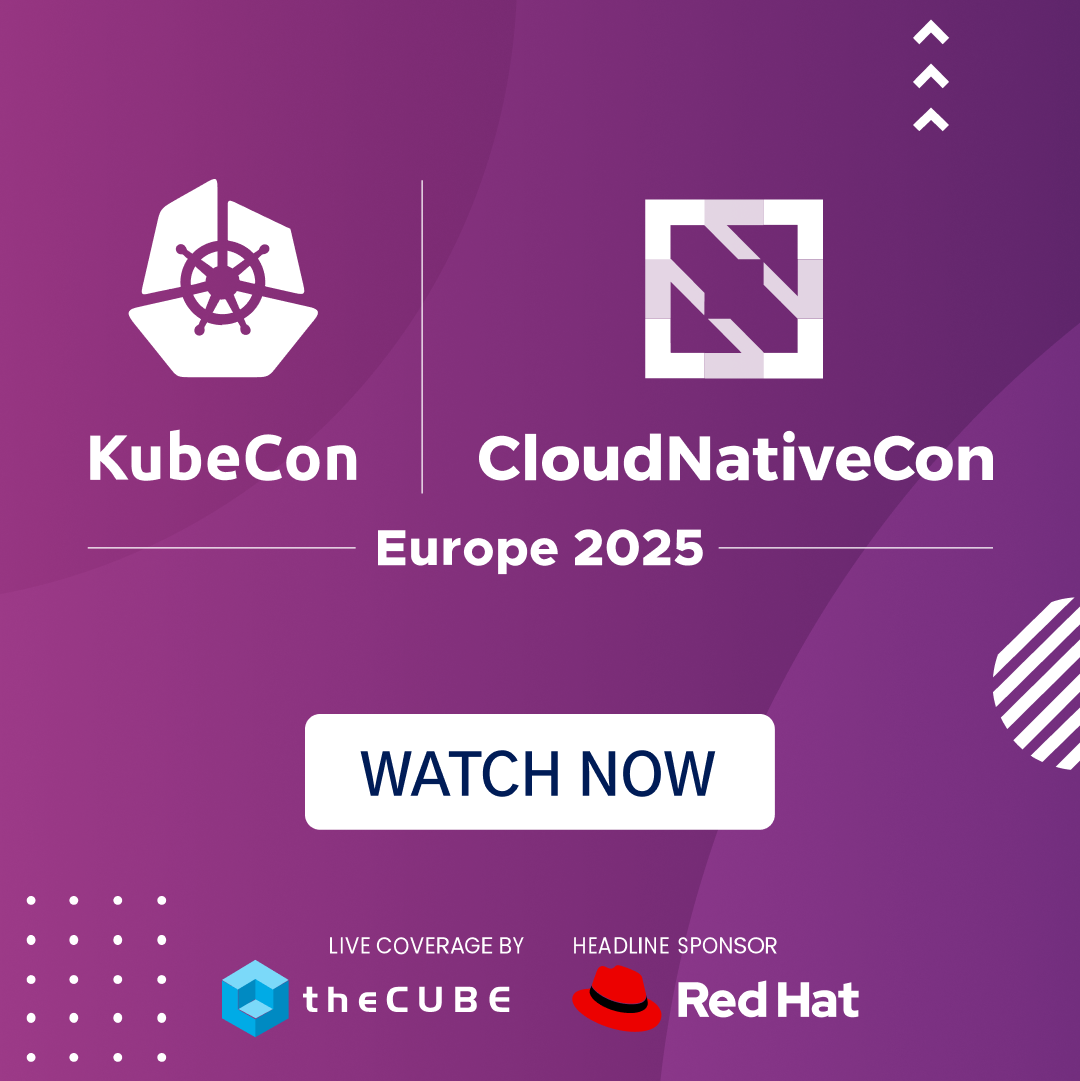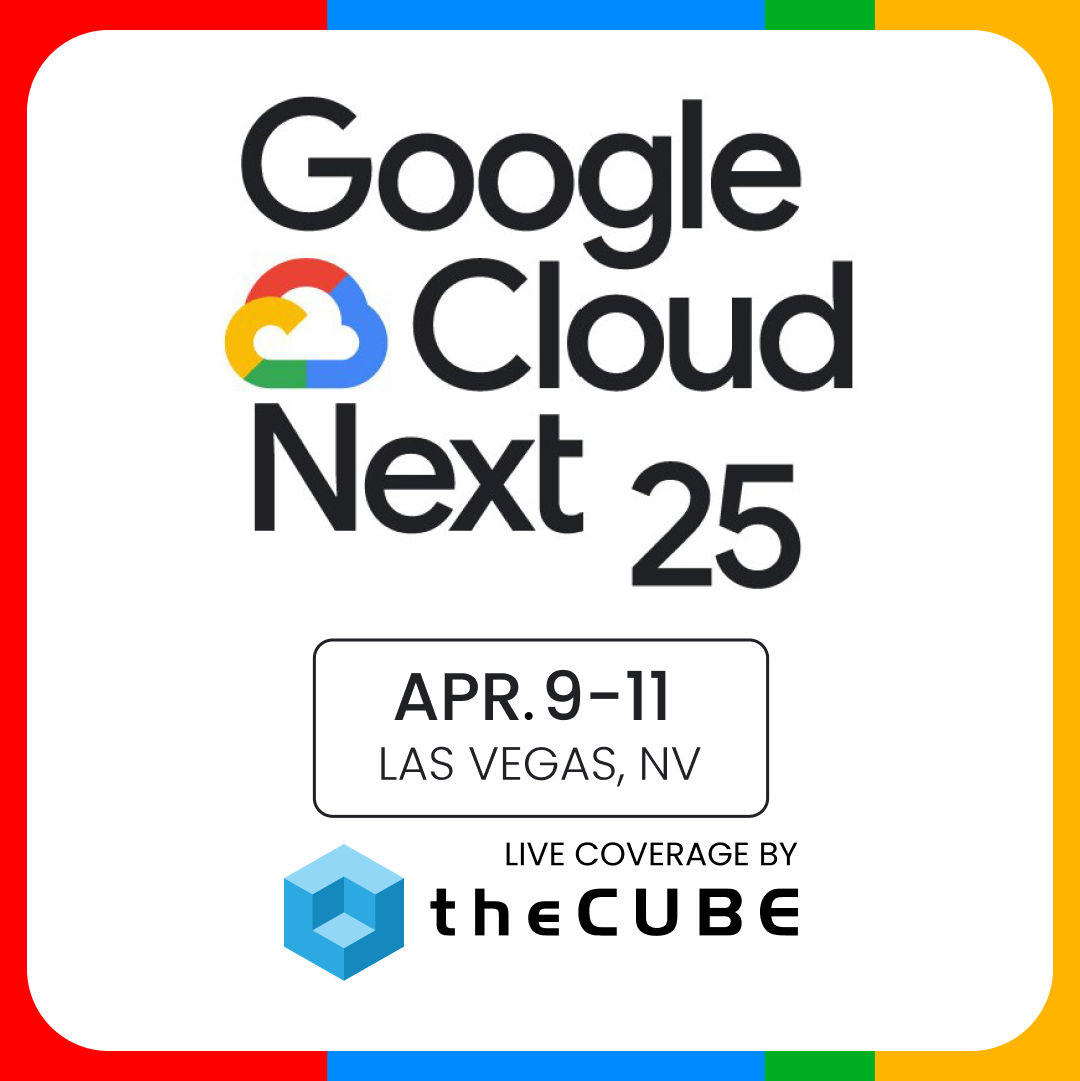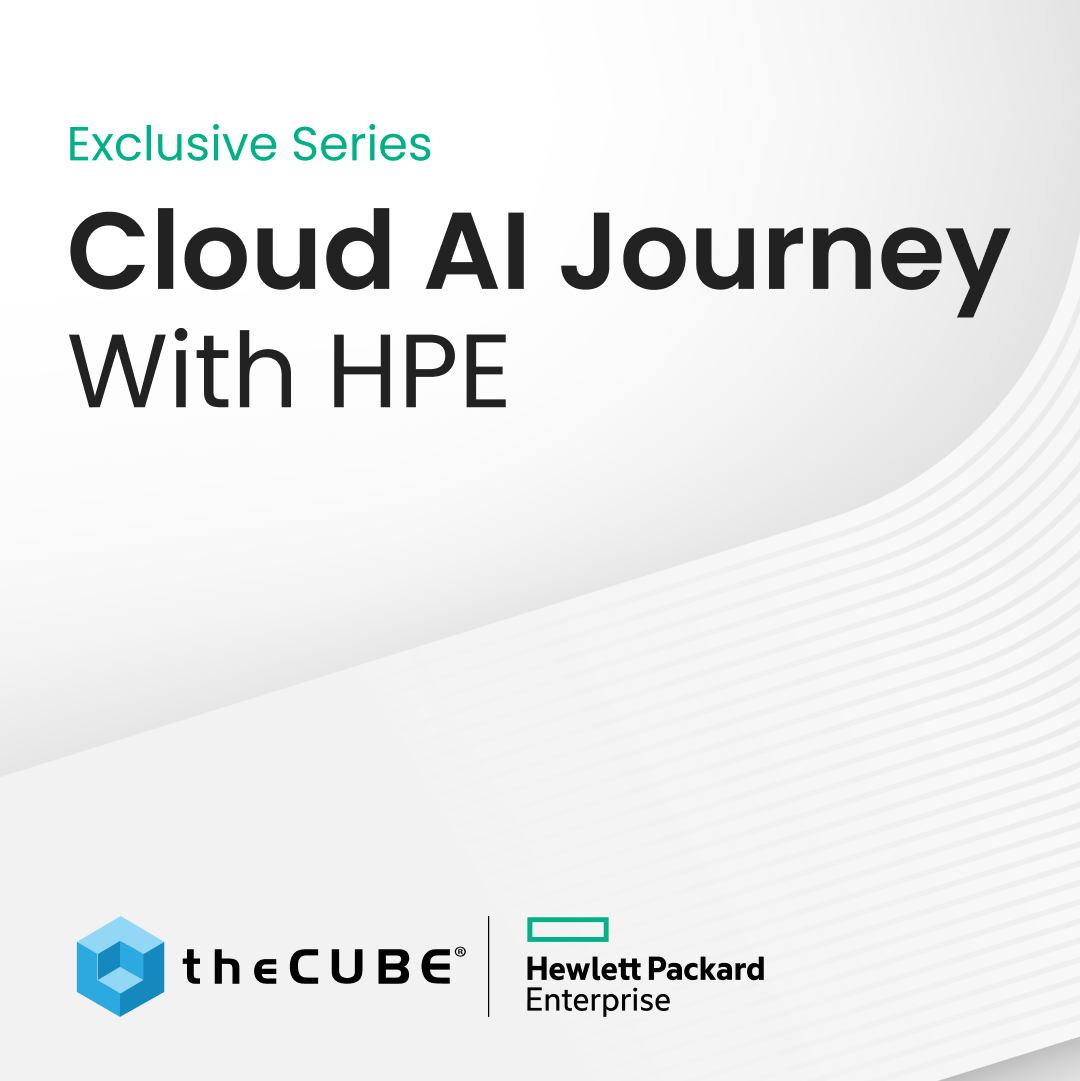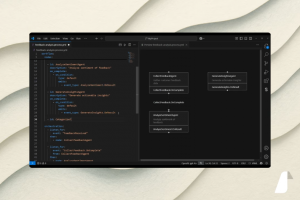Changing the Way Businesses Use Data, Platfora is Big on BI Performance
![]() Performance implications. That’s the name of the game in Ben Werther’s eyes, who says the old way of using data for business on its way out, and the new way improves the Business Intelligence environment whole-heartedly. Werther, the Founder & CEO of Platfora, an interactive in-memory BI for Hadoop, stopped by theCube towards the end of last month’s Strata conference to discuss where BI and Big Data are headed.
Performance implications. That’s the name of the game in Ben Werther’s eyes, who says the old way of using data for business on its way out, and the new way improves the Business Intelligence environment whole-heartedly. Werther, the Founder & CEO of Platfora, an interactive in-memory BI for Hadoop, stopped by theCube towards the end of last month’s Strata conference to discuss where BI and Big Data are headed.
Performance implications are what lead Werther to start Platfora, and why he thinks the likes of EMC/ Greenplum don’t quite have it figured out yet. Platfora can best be described in three layers:
- Driving whatever interfaces a BI client has to optimally, automatically, aggregate, distill and pull metadata then build out things from that data into scale out in memory layer. The design is for consistently sub second performance of interaction.
- An ‘intelligent cache’ that is driving Hadoop — pulling out the things that are relevant and evolving them as things change.
- Putting it into a completely web based exploratory for BI environment.
Platfora’s model is all about aggregating — the data is distilled automatically, changing based on what is interesting and relevant to the business user. The old way takes months and requires dedicated developers, while Platfora’s way will have things up and running in the same afternoon. The feedback Werther and his team are getting from their beta users supports the fanfare. Werther said that they’ve been told theirs is the first product where they are landing data in Hadoop, and are able to ask questions against that data set the next day based on the business users patterns.
Design and usability. Two priceless factors Platfora has taken into account in the company’s bottom-up build strategy. That means, making tools easy and intuitive enough to not fall short in the adoption of its product. Further proof of this commitment is that Platfora is the first BI product in production that uses HTML 5 canvas based technology. The vision is grand, and Platfora has driven its stake in the ground to be qualitatively different in the Big Data movement.
When asked to extract the signal from the noise on Big Data and in-memory analysis, Werther laid out a very conclusive plan that he saw playing out. The idea that inflexible EDW of data is replaced by a fluid, agile reservoir. You’re able to “pour” data in Hadoop (you don’t have to make decisions ahead of time). The new stack built on top of that is designed to be exploratory. This is tangible for people. This is the shift in Big Data.
See Werther’s entire segment below.
A message from John Furrier, co-founder of SiliconANGLE:
Your vote of support is important to us and it helps us keep the content FREE.
One click below supports our mission to provide free, deep, and relevant content.
Join our community on YouTube
Join the community that includes more than 15,000 #CubeAlumni experts, including Amazon.com CEO Andy Jassy, Dell Technologies founder and CEO Michael Dell, Intel CEO Pat Gelsinger, and many more luminaries and experts.
THANK YOU













